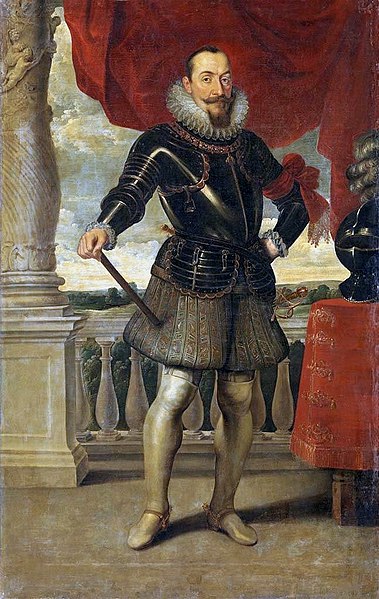Sejm of the Polish–Lithuanian Commonwealth
The General Sejm was the bicameral legislature of the Polish–Lithuanian Commonwealth. It was established by the Union of Lublin in 1569 following the merger of the legislatures of the two states, the Sejm of the Kingdom of Poland and the Seimas of the Grand Duchy of Lithuania. It was one of the primary elements of the democratic governance in the Commonwealth. The sejm was a powerful political institution that the king could not pass laws without its the approval.
Sejm during the reign of Sigismund III Vasa (1587–1632)
A wiec in the reign of King Casimir the Great (14th-century Poland)
The first Polish royal election, of Henry III Valois, took place in 1573
Seating chart of the Senate
Polish–Lithuanian Commonwealth
The Polish–Lithuanian Commonwealth, formally known as the Kingdom of Poland and the Grand Duchy of Lithuania, or simply Poland–Lithuania, was a bi-confederal state, sometimes called a federation, of Poland and Lithuania ruled by a common monarch in real union, who was both King of Poland and Grand Duke of Lithuania. It was one of the largest and most populous countries of 16th- to 17th-century Europe. At its largest territorial extent, in the early 17th century, the Commonwealth covered almost 1,000,000 km2 (400,000 sq mi) and as of 1618 sustained a multi-ethnic population of almost 12 million. Polish and Latin were the two co-official languages, and Roman Catholicism served as the state religion.
The Union of Lublin joined the Kingdom of Poland and the Grand Duchy of Lithuania in 1569.
Sigismund III Vasa, who reigned between 1587 and 1632, presided over an era of prosperity and territorial expansion of the Commonwealth.
Sejm (parliament) of the Polish–Lithuanian Commonwealth in the early 17th century
John III Sobieski, victor over the Ottoman Turks at the Battle of Vienna in 1683.








